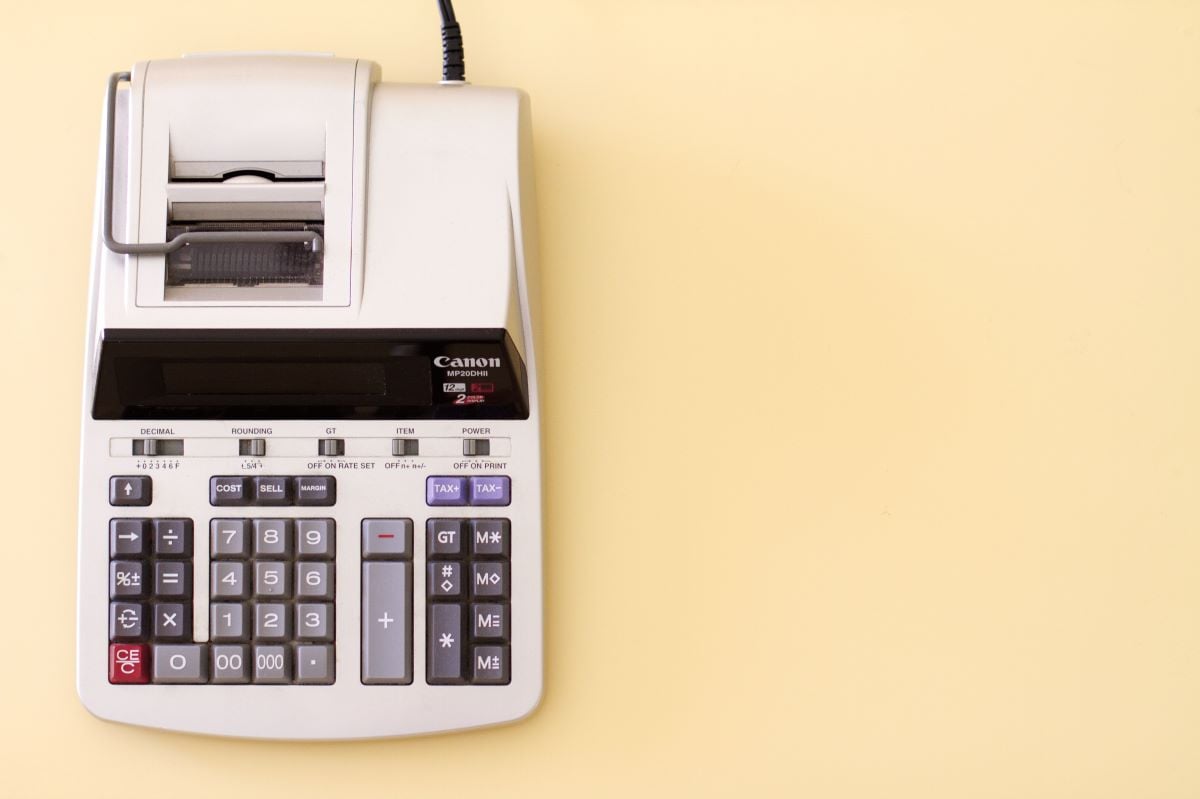Your Inventory Turnover Ratio is a measure of how many times your retail business sells a ‘full’ lot of inventory in a set period, normally as a year. It’s expressed as a simple number, like 2.5 or 10.
Inventory turnover gives an indication of your business’s inventory efficiency; a higher inventory turnover ratio means stock moves quickly through your store, which is generally a good thing because:
- You reduce the chance of inventory turning to ‘dead stock’ (becoming unsellable, or unlikely to sell)
- It's an indication that you're probably selling a lot
- You’re maximising your space, getting stock out on the shop floor instead of holding loads in a large stockroom or warehouse, meaning your inventory management costs are lower
📚 Bookmark for later: What is stock management?
What you need in order to calculate your Inventory Turnover Ratio
To calculate your Inventory Turnover Ratio, you'll need to have the following information to hand:
- A set accounting period (typically a year)
- Total value of your inventory at the start of this period
- Total value of your inventory at the end of this period
- Cost of Goods Sold (COGS) during this same period (aka the total cost price of any inventory sold)
You can find these figures on your balance sheet or profit and loss statement, or use your inventory management software or records to calculate them yourself.
💡 Good to know: Note that all figures above, including COGS, should use the cost price of goods rather than the retail price (so either the cost of manufacturing them, or the cost of buying them in at a wholesale price).
The Inventory Turnover Ratio formula
The formula for inventory turnover ratio is:
Inventory Turnover Ratio = COGS ÷ Average inventory
Use the following simple formula to calculate average inventory:
Average inventory = Start inventory + End inventory ÷ 2
Why does it matter if your sales fluctuate seasonally?
If your sales fluctuate by season, then it’s likely that your average inventory levels fluctuate throughout the year, too — so just using the start and end inventory value to find an average might not give an accurate picture.
If you’re able to incorporate more inventory value ‘readings’ from during the period, this average figure will be much more accurate, and you’ll get a better picture of your Inventory Turnover Ratio in return.
📚 Bookmark for later: How to Manage Seasonal Inventory for Your Store
Interpreting your results: two things to bear in mind
High inventory turnover ratio isn’t always good
At first glance, high inventory turnover is a good thing, as it shows you don’t leave stock hanging around in your store for too long.
But if you regularly experience stockouts (running out of a particular product), then you may have a high inventory turnover ratio, but your stock is still not being managed efficiently, because you're not buying in enough stock to cover demand.
Only benchmark against other stores in your industry
A supermarket or deli should have a much higher inventory turnover ratio than a luxury boutique or jewellery shop.
Keep in mind that:
- When selling fresh produce, it’s important stock moves through quickly so it doesn’t spoil
- When selling low value products, it’s important stock moves through quickly so you can make enough money to make the business viable, and cover fixed costs
- When selling high value items, a lower inventory turnover ratio is typical, but the business can still be thriving
So when determining a ‘good’ inventory turnover ratio for your shop, be sure to benchmark against similar stores, or your own past performance.
💡 Good to know: You can also calculate inventory turnover ratio by product, rather than for total sales. This can help confirm which products are driving the most value for your brand, and which are sponging off your stockroom.
Now what? Your next steps
Now you know your Inventory Turnover Ratio, use the matrix below to get tailored recommendations based on your own figures:
| Low Inventory Turnover Ratio (>5) | Good Inventory Turnover Ratio (5+) | |
| Low sales volume |
|
|
| High sales volume |
|
|
FAQs
What’s a good Inventory Turnover Ratio?
Let’s get down to the question you all want to know: what is a good inventory turnover ratio? 5-10 is considered about right, depending on the industry. This means you’re going through a full set of stock every couple of months or so, which feels about right. But as we covered above, it's important to benchmark against other similar businesses to understand what's a 'good' result for your business.
Are there any advantages to having a low Inventory Turnover Ratio?
There may be. A low sales volume is never a good thing, but low inventory turnover may come with some benefits:
- A reduced risk of accidentally going out of stock (especially good if product levels fluctuate unpredictably, for example if you do a lot of influencer marketing, the impact of which is pretty immediate but notoriously hard to predict in advance).
- Better discounts from suppliers when you buy more stock at once, reducing your cost per product. If the products are pretty ‘evergreen’, and you have enough affordable storage, this may work out cost effectively
How do you calculate inventory turnover days, or Days Sales of Inventory?
Days Sales of Inventory (DSI) is a calculation of how many days it would take you to sell all of your current inventory (on average). You can calculate DSI using the following formula:
Days Sales of Inventory = (Average Inventory across 1 year x COGS across 1 year) ÷ 365
💡 Good to know: If you don’t have annual figures available, use average inventory figures from a known period, and replace 365 with the number of days from this period. And as before, both the average inventory figure and the COGS uses the cost price of the products, rather than the retail price.









